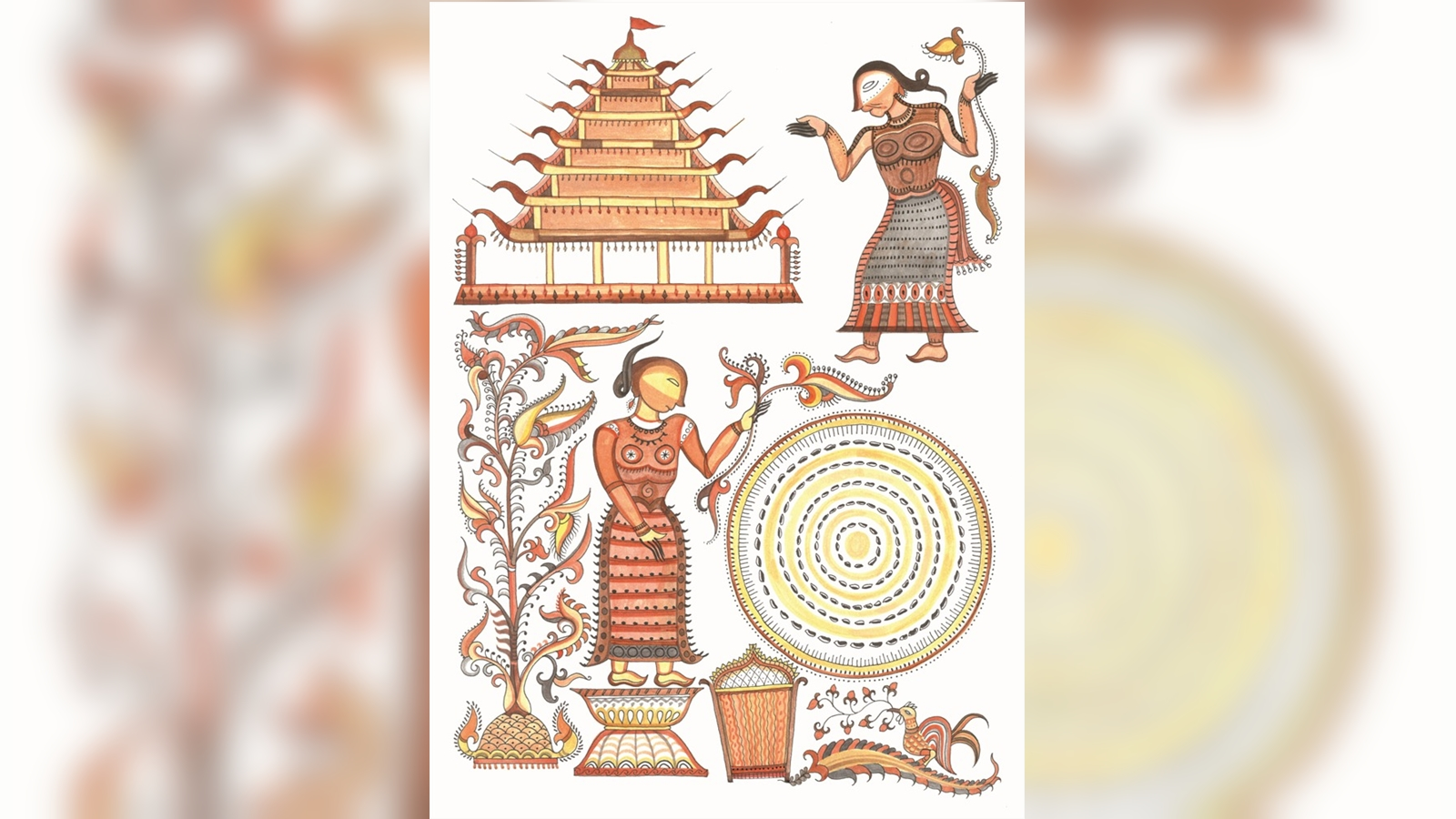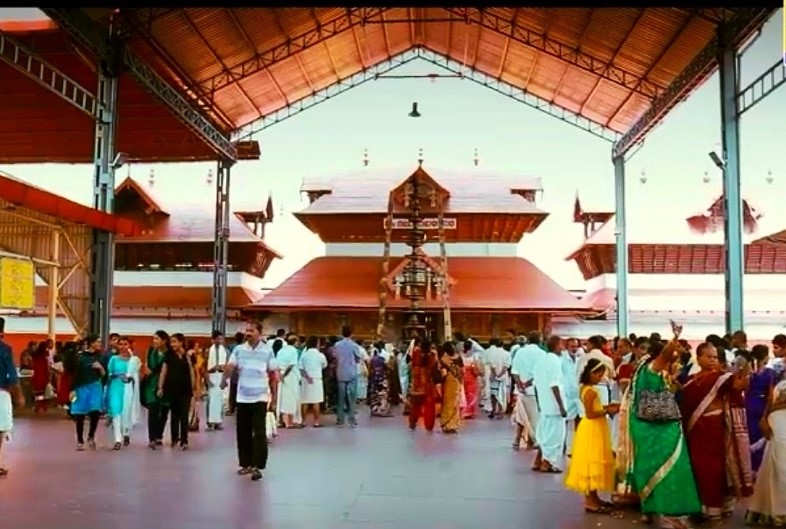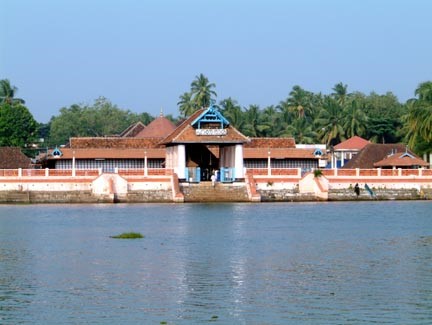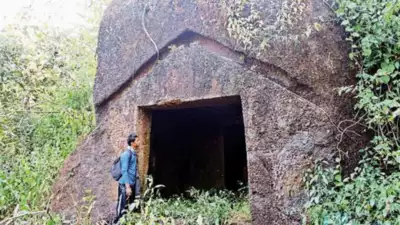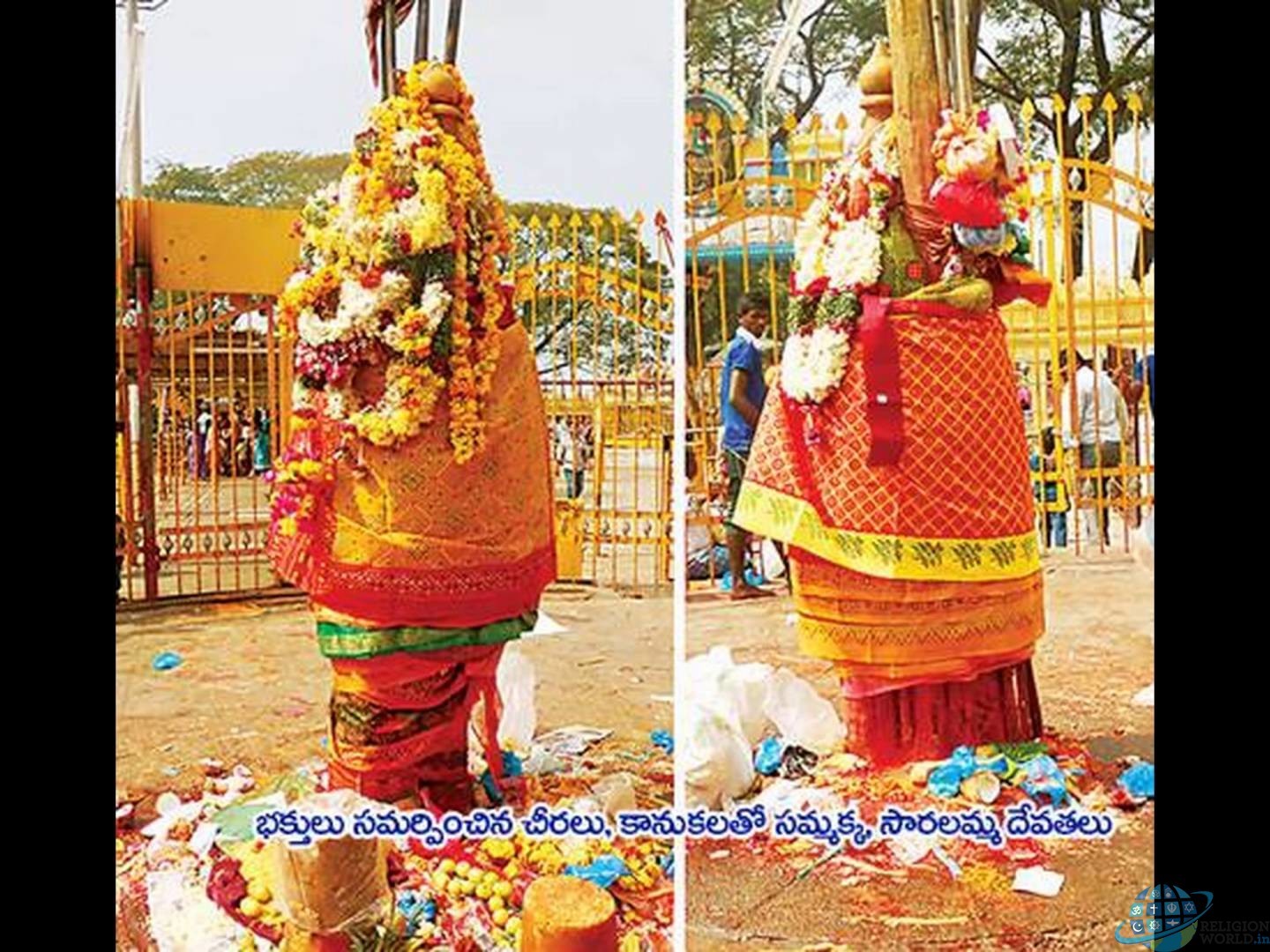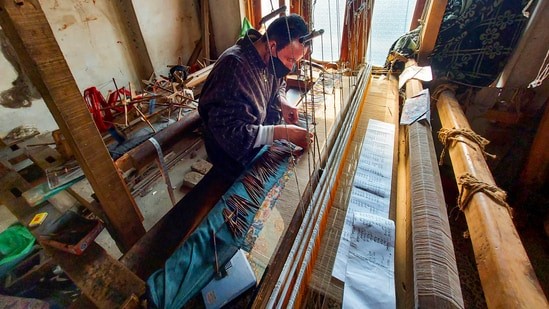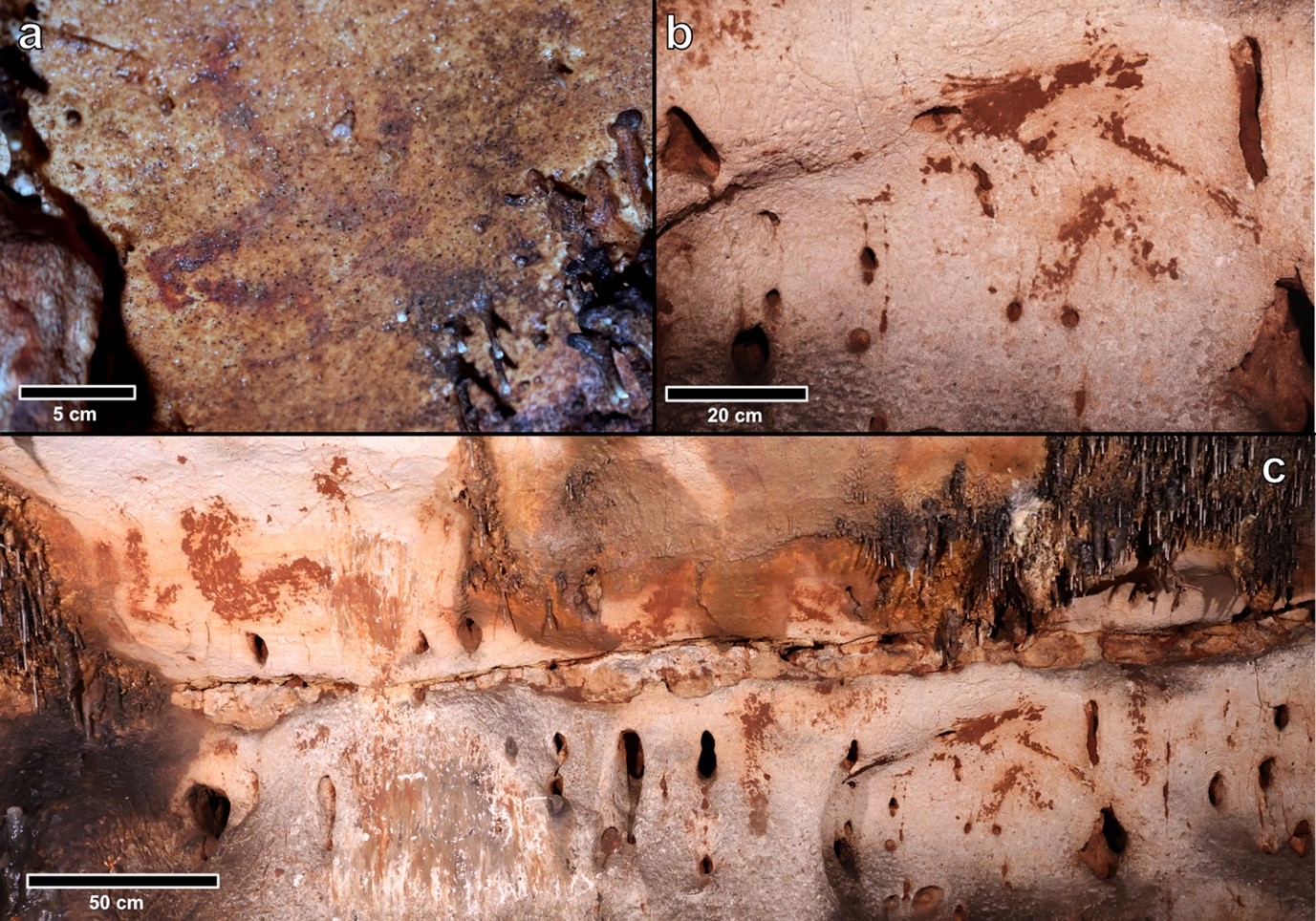Description
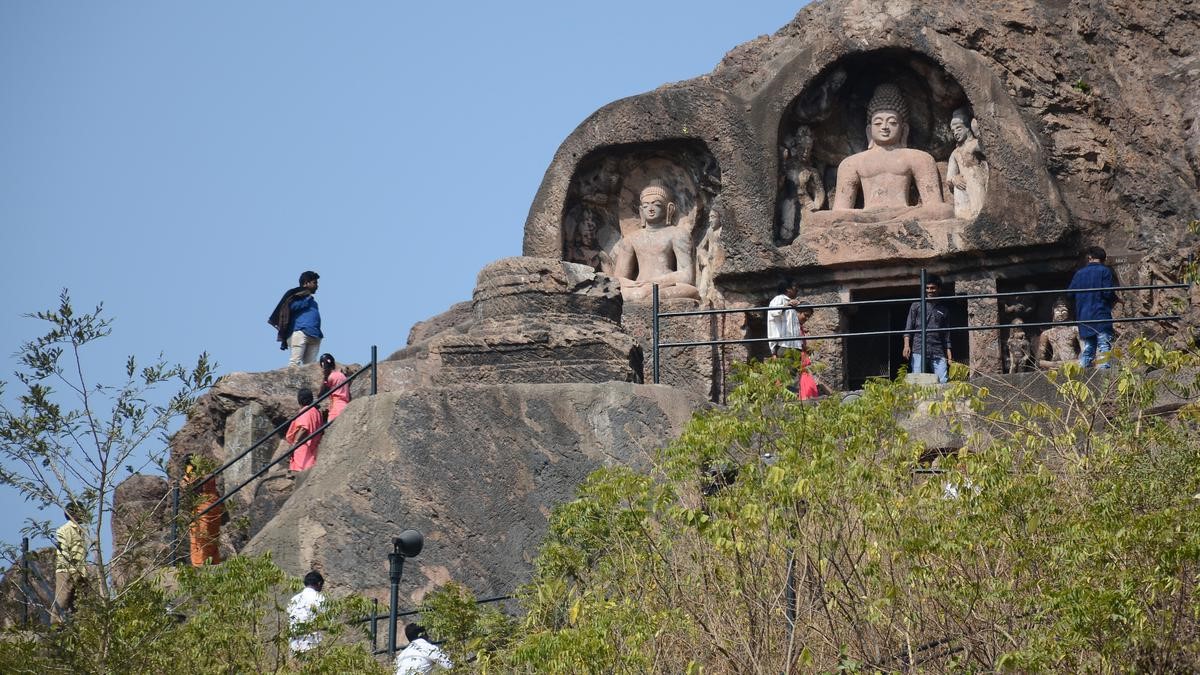
Disclaimer: Copyright infringement not intended.
Context
- The centuries-old Bojjannakonda is likely to draw tourists not only from across the country but also from nations like Bhutan, Singapore, Thailand, Sri Lanka, Cambodia and Myanmar, where Buddhism is practised even to this day.
- The Central government has sanctioned ₹7.30 crore recently for taking up landscaping and development of tourist amenities at Bojjannakonda, which is under the control of the Archaeological Survey of India (ASI).
- The State government, on its part, has allotted a two-and-a-half acre site adjacent to the Buddhist heritage site to develop a meditation centre and landscaping.
Details
- Bojjannakonda, also known as Bojjannakonda and Lingalakonda, is an ancient Buddhist site located in the Indian state of Andhra Pradesh.
Historical Background
- Bojjannakonda is situated in the Visakhapatnam district of Andhra Pradesh, near the town of Anakapalle.
- This site dates back to the 4th and 5th centuries CE, which corresponds to the period of the Gupta Empire in India.
- During this time, Buddhism was a prominent religion in India, and several Buddhist monastic complexes, stupas, and viharas were constructed.
Architectural Features
- Bojjannakonda is renowned for its rock-cut caves and stupas.
- The site consists of two major hills, Bojjannakonda and Lingalakonda, which are dotted with numerous rock-cut caves and stupas.
- These caves served as viharas or monastic cells for Buddhist monks.
- The architecture of these caves is a testament to the craftsmanship of that era. The intricately carved facades and entrances of the caves are notable, showcasing the artistic and architectural skills of the time.
.jpg)
Buddhist Heritage
- Bojjannakonda is believed to have been an important center for Buddhist learning and monastic activities during its heyday.
- The site is dedicated to Lord Buddha and is adorned with various sculptures and inscriptions related to Buddhism. It is believed that the Buddhist monks residing here practiced meditation and disseminated Buddhist teachings.
Stupas
- One of the highlights of Bojjannakonda is the presence of several stupas, both rock-cut and structural.
- These stupas are significant Buddhist monuments used for meditation and veneration. They are often adorned with intricate carvings and inscriptions that provide historical and religious insights
Inscriptions
- The site contains several inscriptions in the Brahmi script, which have been instrumental in deciphering the history and chronology of Bojjannakonda.
- These inscriptions mention the names of donors and provide valuable information about the site's patrons and benefactors.
Decline and Rediscovery
- Like many Buddhist sites in India, Bojjannakonda also witnessed a decline in Buddhist influence over time, possibly due to socio-political changes and the emergence of other religions. The site was eventually abandoned and forgotten.
- Bojjannakonda remained hidden from the modern world until its rediscovery in the mid-20th century. Archaeological excavations and research efforts have helped unearth its historical and cultural significance.

Conclusion
Bojjannakonda stands as a testament to the thriving Buddhist culture that once flourished in the region during ancient times. Its rock-cut caves, stupas, and inscriptions provide a glimpse into the spiritual and artistic achievements of the Gupta period. This site serves as a valuable link to India's Buddhist past and continues to inspire those interested in exploring the country's diverse cultural and religious heritage.
|
PRACTICE QUESTION
Q. Bojjannakonda stands as a testament to the thriving Buddhist culture that once flourished in the region during ancient times. Comment. (250 Words)
|








